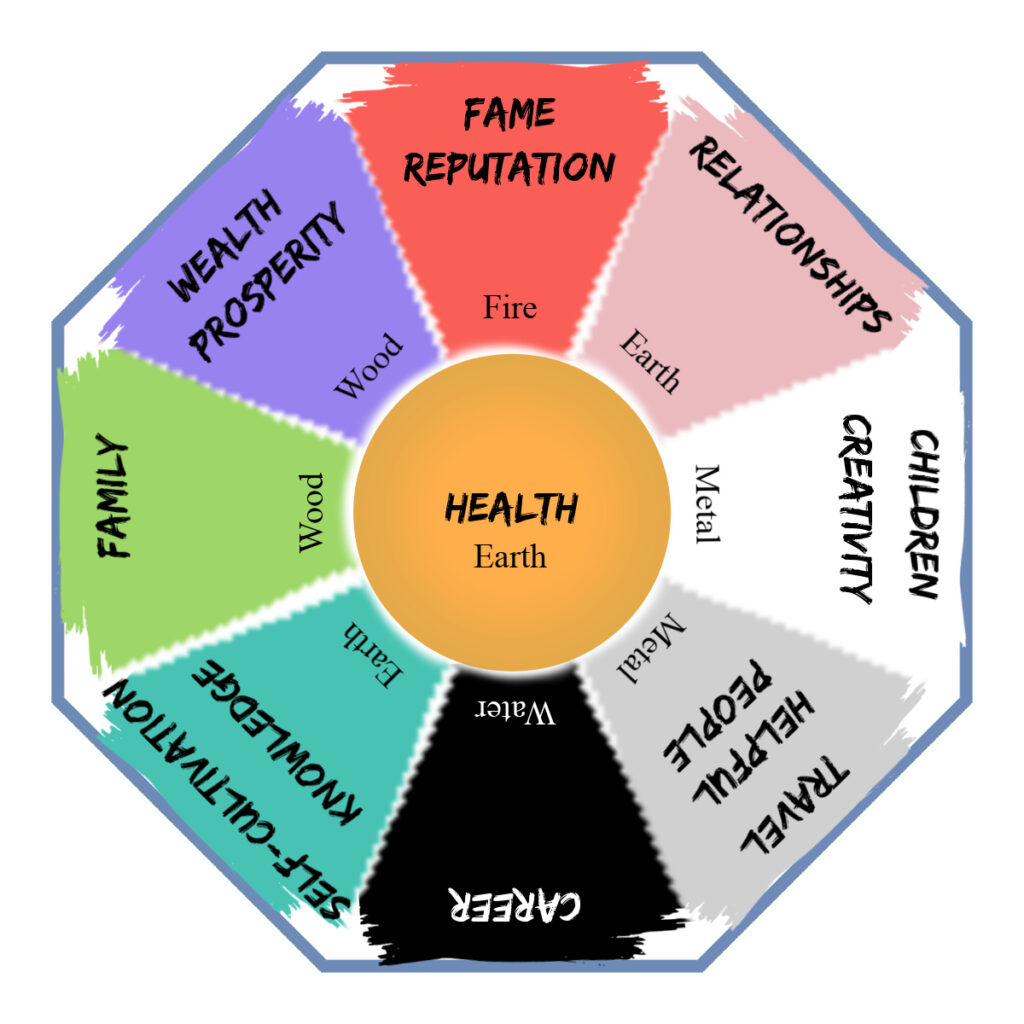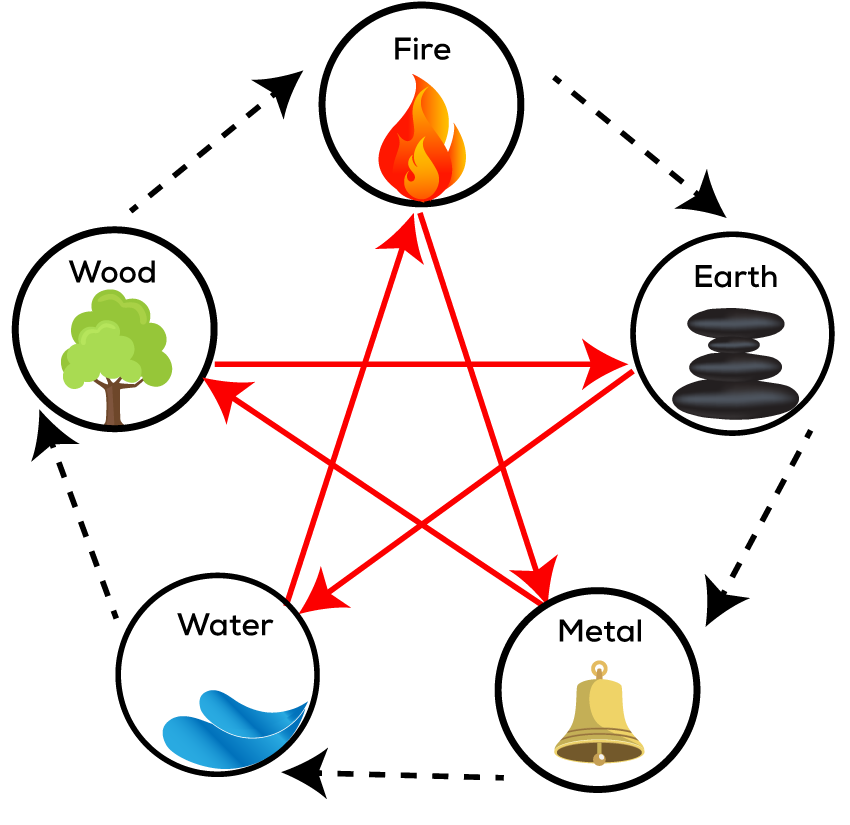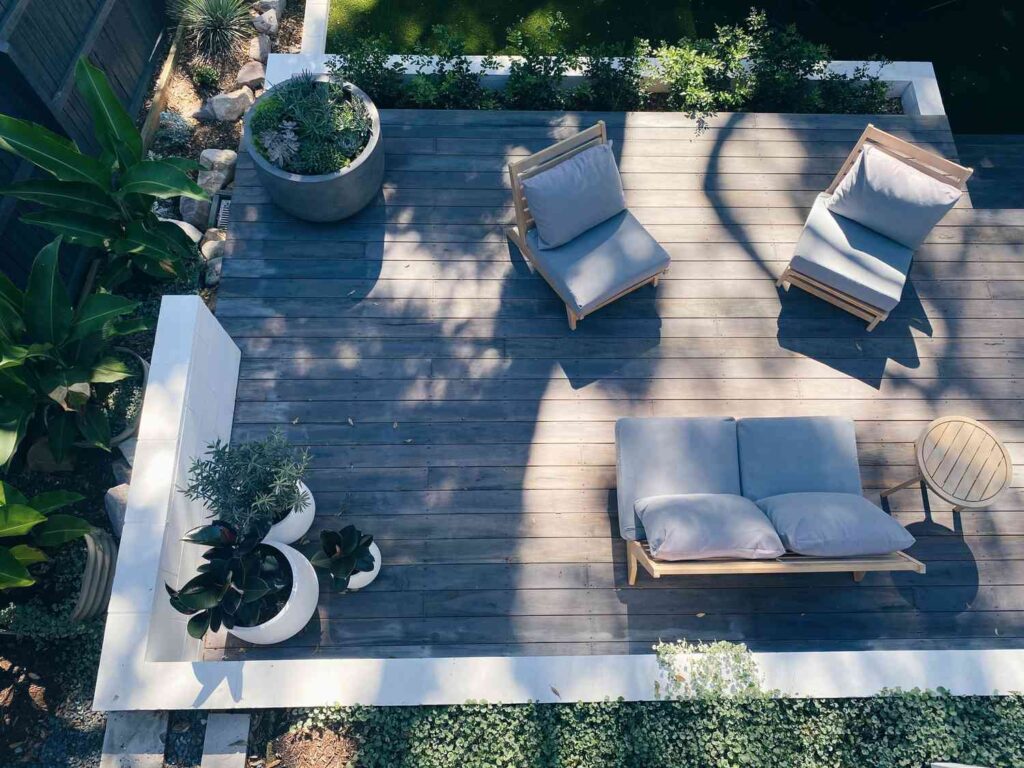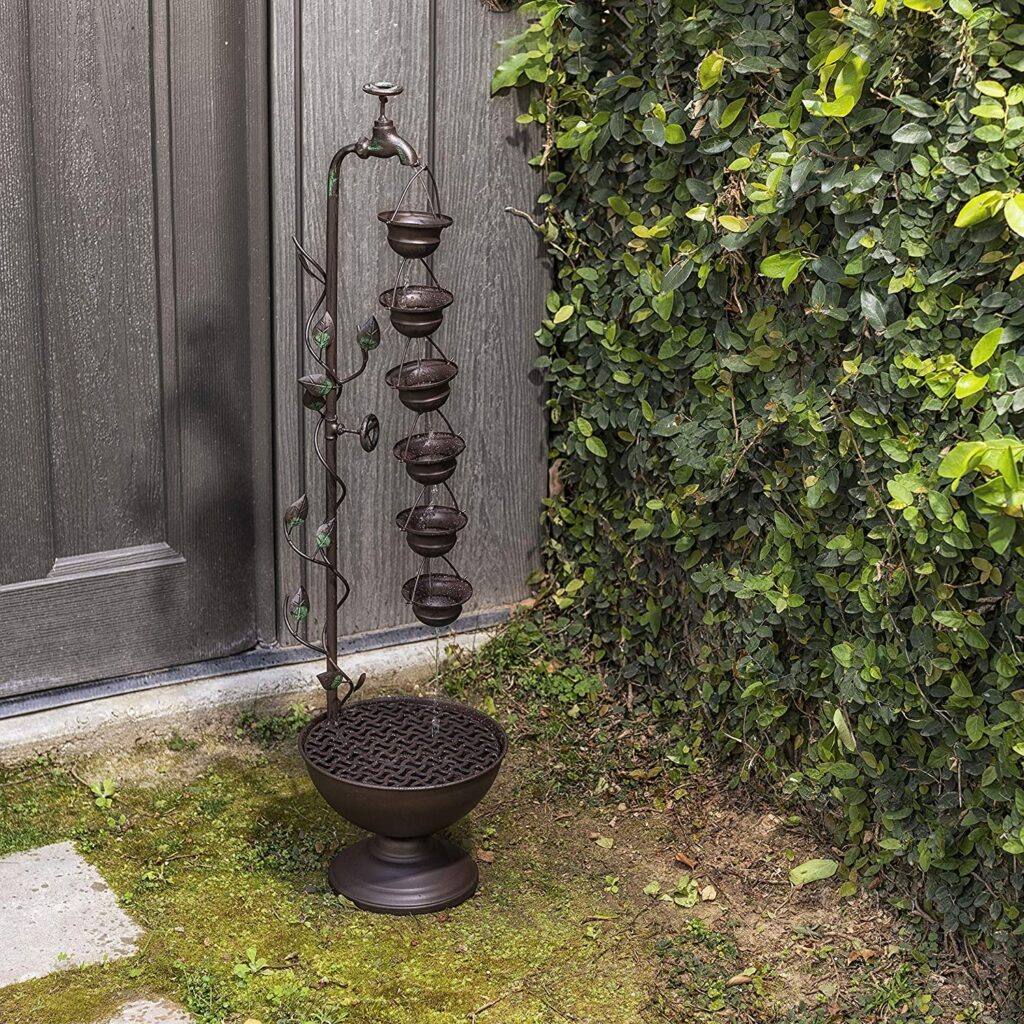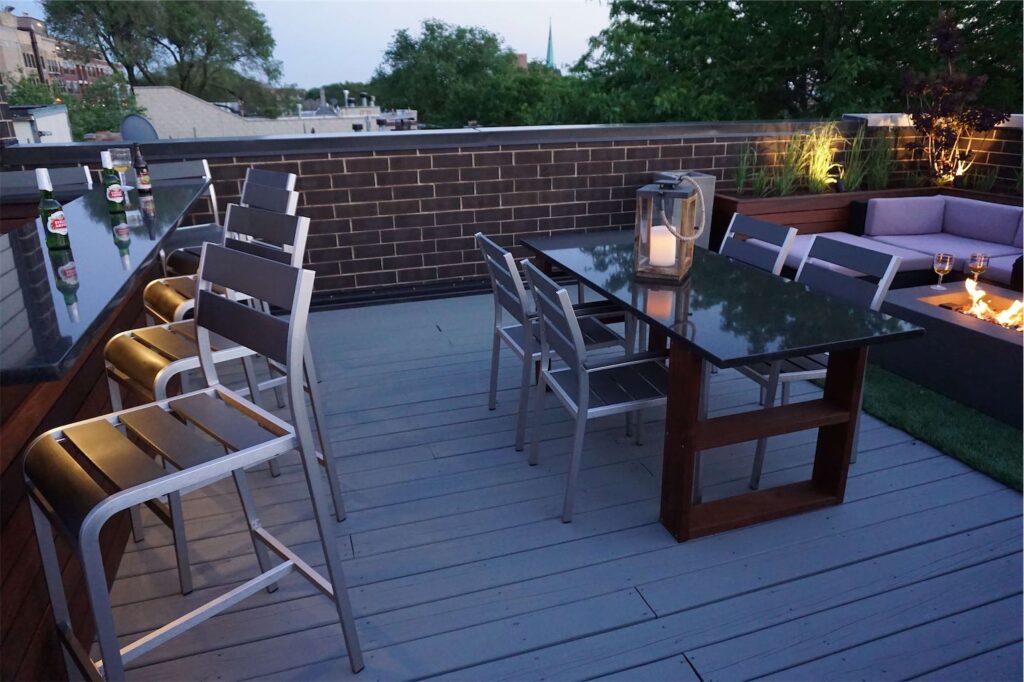As summer hits its stride and the days get longer, it’s time to take a breather and step out into our sunny backyards, balconies, or gardens. We all love that extra bit of chill time, basking in the warmth, reading a book, or firing up the BBQ. But what if I told you that there’s a way to make your outdoor hangout spot even better? Yep, you got it! With a sprinkle of Feng Shui – that ancient art of arranging and organizing spaces – you can turn your go-to summer spot into a super-charged, harmony-infused, feel-good zone
Feng Shui, an ancient Chinese philosophy, emphasizes harmony between individuals and their surrounding environment. When effectively used, it’s said to aid in the creation of a balanced, tranquil atmosphere that promotes positivity, wellness, and productivity.
Traditionally, Feng Shui principles have been widely used indoors – which I wrote about extensively here – but they can also be applied to create harmony in outdoor spaces too. Whether you have a sprawling backyard, a quaint balcony, or a modest garden, incorporating Feng Shui can transform these areas into energizing, peaceful retreats. Here’s how.
Understanding Outdoor Feng Shui
Outdoor Feng Shui is about creating a balance of energies (Qi) in your garden or outdoor space to enhance prosperity, happiness, and health. It involves utilizing the five elements (Earth, Metal, Water, Wood, and Fire) and the Bagua map, a fundamental tool in Feng Shui, to optimize the flow of positive energy.
The Bagua map consists of nine areas, each representing different aspects of life, such as wealth, career, relationships, and health. Each area corresponds to specific colors, elements, shapes, and numbers. By mapping these areas onto your outdoor space and making appropriate adjustments, you can foster balance and harmony. Below is an example of a traditional Bagua map, but there are other variations too if they suit you better (you don’t have strict rules to follow here!)
Identify Your Outdoor Space’s Energy Map (Bagua)
Start by sketching your outdoor space, marking out various areas like patios, garden beds, trees, ponds, and pathways. Overlay the Bagua map onto your sketch to understand which areas of your outdoor space correspond to different life aspects. This will guide you in making decisions about what to place where and how to shape the environment.
The Five Elements
Each of the five elements symbolizes different types of energy. In Feng Shui, it is essential to balance these elements for harmony and prosperity.
- Earth: Stability and nourishment. Incorporate earth elements using rocks, crystals, or terracotta pots.
- Metal: Clarity and precision. Metal sculptures, wind chimes, or metallic furniture can represent metal.
- Water: Wisdom and tranquility. Water can be represented by a pond, a fountain, or even a bird bath.
- Wood: Growth and vitality. Plants, wooden furniture, or a tree symbolize the wood element.
- Fire: Passion and transformation. Fire pits, lights, or lanterns embody the fire element.
Applying Outdoor Feng Shui Principles
Balance Yin and Yang
Yin (soft, dark, and feminine) and Yang (hard, bright, and masculine) are opposing energies that need to be in balance. For example, balance a dark, shady area (Yin) with bright, sunny spots (Yang). Incorporate both curvy, soft shapes (Yin) and straight lines (Yang) in your design.
Pathways and Flow of Energy
In Feng Shui, the way energy flows through your space is crucial. Curved pathways allow smooth, unhindered flow of positive energy. Avoid designing paths that lead straight to your home’s door, as this rushes Qi away.
Water Features
Water features are great enhancers of Qi. Placing a water feature in the north (career and life path), southeast (wealth and abundance), or east (health and family) sectors of your garden can enhance those respective life aspects. Ensure the water flows towards your home to symbolize wealth and opportunities flowing towards you.
You don’t have to spend a lot, or do huge amounts of landscaping to add a water element to your outdoor space. A solar powered fountain like this one fits in almost any space, even on a balcony!
Plants and Trees
Plants represent the wood element, symbolizing growth and vitality. Plant lush, healthy plants in the east (health) and southeast (wealth) sectors of your garden. Avoid planting in the south (recognition and fame) as this is the fire sector and wood undermines it.
Lighting and Fire Elements
The fire element can be introduced using outdoor lighting, a fire pit, or brightly colored flowers. Ideal locations to introduce fire elements are the south (recognition and fame), southwest (love and marriage), and northeast (personal growth) sectors of your garden.
Outdoor Art and Decor
Choose art and decor that symbolize what you want to attract into your life. Place items in corresponding Bagua sectors. For instance, placing a wind chime (metal element) in the west or northwest can enhance creativity or helpful people, respectively.
Clearing and Protecting Energy
Maintaining your outdoor space is as important as creating it. Regularly prune and trim plants, keep water features clean, and ensure pathways are unobstructed. These practices keep the energy flowing smoothly.
Protection is also essential in Feng Shui. This could involve setting up a physical boundary like a fence, or a natural one like a hedge. Thorny plants are generally avoided in Feng Shui as they can create ‘Sha Qi’ or attacking energy.
Outdoor Feng Shui is an enriching practice that goes beyond beautifying a space. It invites balance, tranquility, and positivity into your life, and connects you with nature on a profound level. With these guidelines, you can turn your outdoor space into a serene haven of harmonious energy that nourishes your well-being and cultivates happiness and prosperity.
- The Post-Christmas Reset: What to Do (and What to Skip) This Weekend - December 26, 2025
- The Week-Before-Christmas Survival Guide: Last-Minute Gift Organization Tips - December 18, 2025
- 7 Things in Your Kitchen Right Now That Need to Go - December 16, 2025


